The Philippines is a beautiful archipelago, but it’s also a region frequently battered by the relentless forces of nature. The impact on agriculture and livelihoods is significant, with the country experiencing 15 to 20 typhoons yearly. The destructive power of these typhoons, characterized by severe flooding and strong winds, can leave farmers struggling to recover. While we cannot prevent typhoons, we can certainly take measures to mitigate their damage. One of the most effective methods is the installation of natural windbreaks, which can reduce and redirect the impact of strong winds. These windbreaks are rows of trees or shrubs strategically planted to act as barriers against the relentless gusts of typhoon winds.
Windbreaks serve a crucial purpose in typhoon-prone regions. They reduce wind velocity, protect crops, structures, and houses, and help prevent soil erosion. The success of windbreaks depends on several factors, including their density, height, and length. The denser the windbreak, the more significant the wind speed reduction. In the Philippines, where the climate and local conditions vary, native trees are the ideal choice for these windbreaks. They naturally adapt to the region’s unique environment, ensuring they can withstand extreme typhoon conditions.
Let’s explore five native Philippine tree windbreaks that can help protect your crops and properties from the devastating impact of strong typhoon winds.
1. Narra (Pterocarpus indicus)
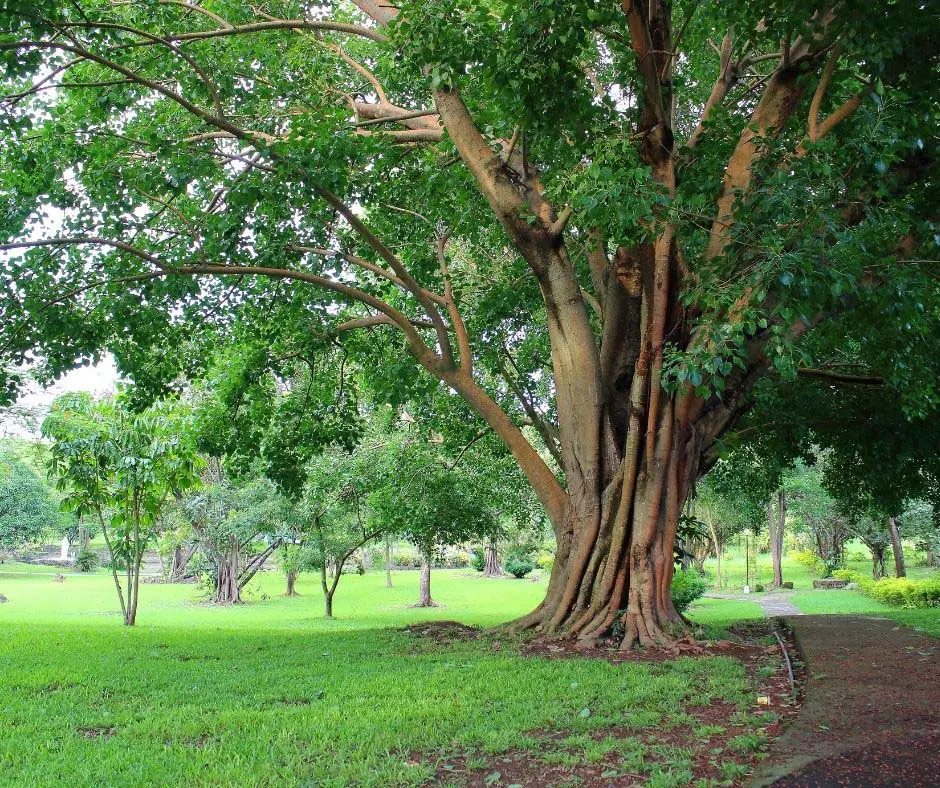
The Philippines’ national tree, Narra, symbolizes strength and resilience, much like the Filipino people. Known for its robust canopy, Narra trees are commonly used as shade and ornamental trees. They are also a source of high-quality lumber for making furniture. Unfortunately, narra is critically endangered due to illegal logging, with only a few thousand trees remaining. It is now a priority for conservation and reforestation efforts. Narra is a windbreak and an excellent addition to agricultural green manure and livestock pasture due to its nitrogen-rich leaves. Narra can withstand even the most powerful typhoons with its strong resistance to winds and extensive root system.
2. Kamagong (Diospyros blancoi)
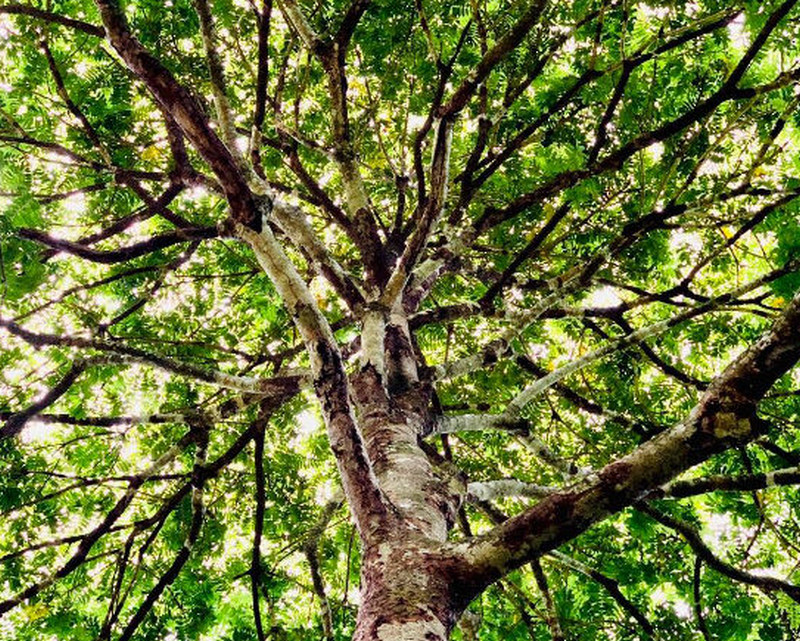
Known for its dark hardwood, Kamagong is often called “ironwood” because of its exceptional hardness. This prized wood is used for house flooring, posts, furniture, and wood carvings. Its high value has made Kamagong a target for loggers, making it another vulnerable tree species. Typically found at low to medium altitudes, Kamagong trees can grow up to 33 meters in height and have deep-rooted systems, providing stability during typhoons.
3. Katmon (Dillenia philippinensis)
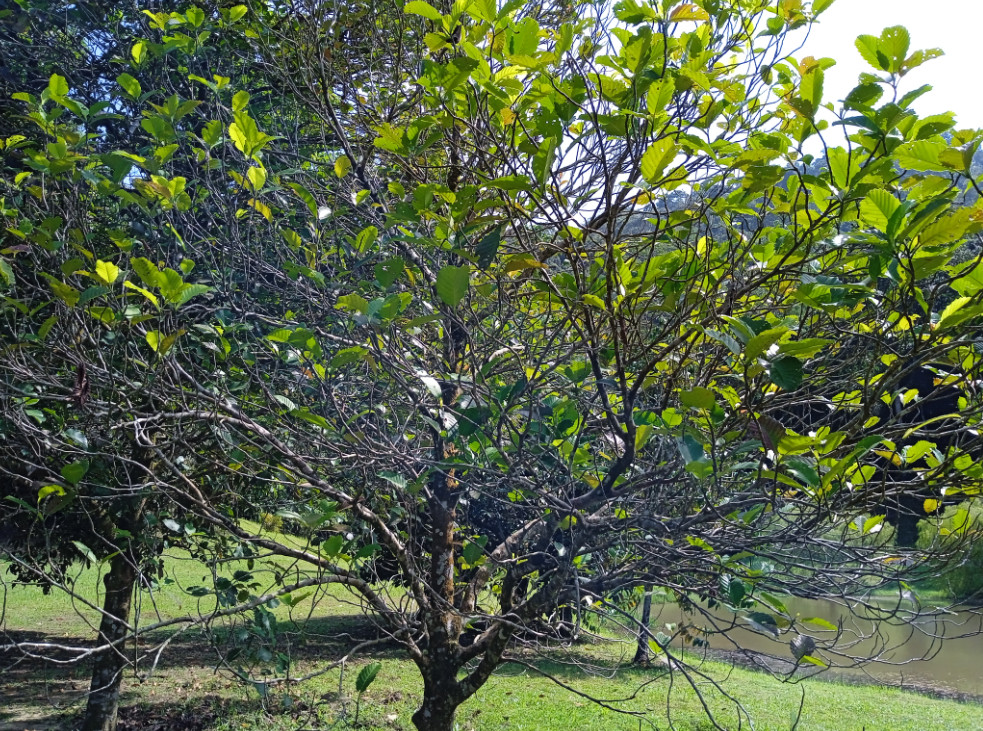
Katmon is an indigenous tree planted for its yellow or white flowers, making it a popular choice for public parks. The flowers transform into a round green, edible, sour fruit used in various dishes. Katmon wood is suitable for cabinets and small wood construction. Growing up to 17 meters, these trees possess buttress roots that stabilize them against strong winds.
4. Pili (Canarium ovatum)
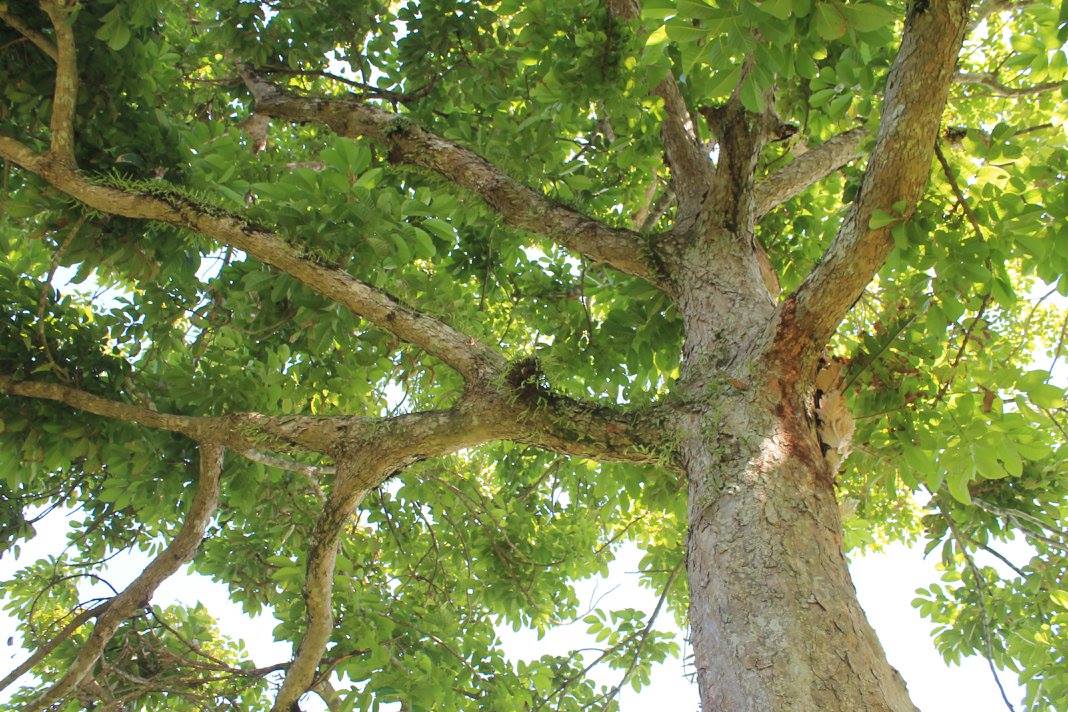
With their famous nuts and oil, Pili trees are a significant crop in the Bicol region, providing employment and income. The pili industry is essential for the region’s economy. These medium-sized trees, which can reach up to 30 meters in height, have survived numerous typhoons in Bicol. Their extensive root system makes them resilient against strong winds.
5. Bitaog (Calophyllum inophyllum)
Bitaog, or tamanu trees, are native to the Philippines and commonly found along the coast. The wood is used in boat construction, and the tree is often planted for shade and ornamental purposes along roads and parks. While the leaves and fruits are considered poisonous, the seed is used for making local coconut candies, and tamanu oil has medicinal and cosmetic uses. Bitaog trees thrive in the windy conditions of coastal areas and develop deep roots that help them withstand strong typhoon winds.
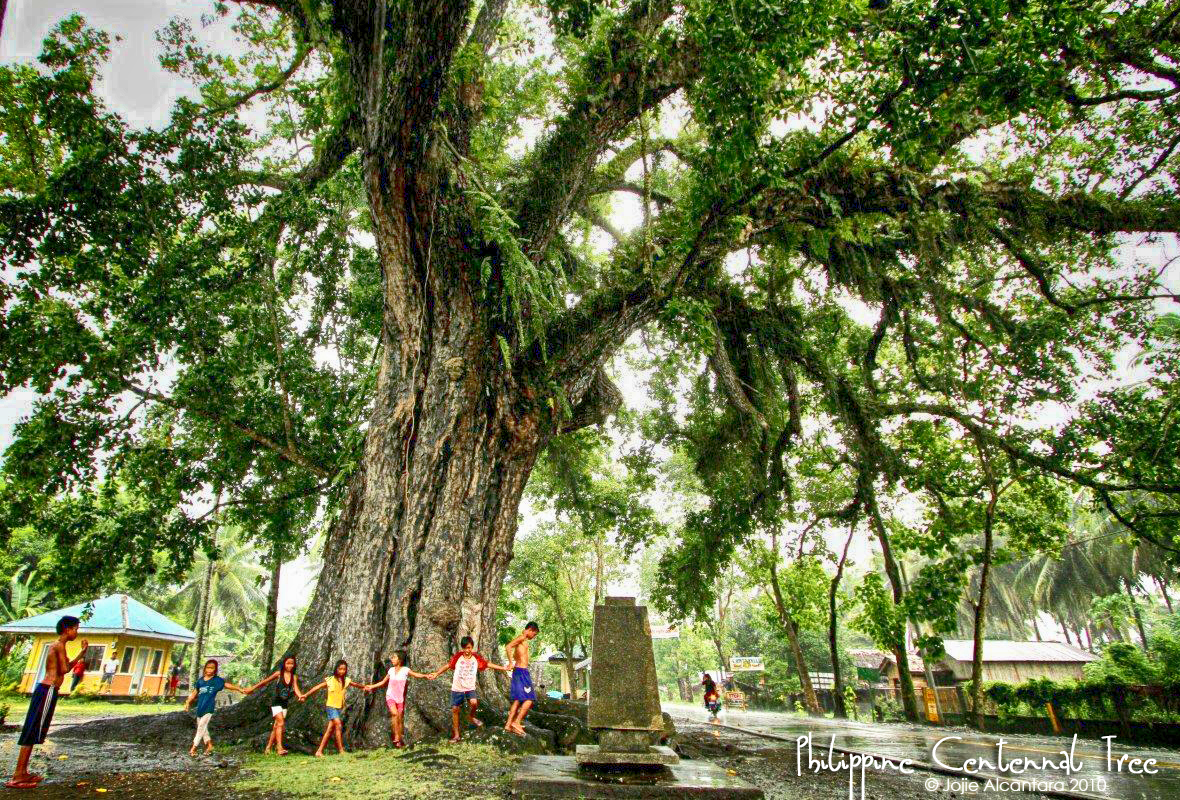
These native trees, in addition to being excellent windbreaks, play a crucial role in conserving the Philippines’ rich biodiversity. The country’s forests have suffered from rapid deforestation due to illegal logging, endangering many native tree species. By planting native trees, we can contribute to the conservation of these remarkable species and provide habitat and shelter for local wildlife.
Beyond their protective function, these native trees also offer additional economic opportunities. Many produce fruits, nuts, and valuable timber, which can generate income for communities and individuals. For example, the Bicol region’s pili industry is a vital livelihood source for many.
Final Words
While we cannot control the frequency of typhoons in the Philippines, we can take proactive steps to mitigate their impact. Planting native windbreaks protects crops and properties from strong winds and contributes to the conservation of critically endangered tree species. It’s a sustainable and resilient solution that safeguards lives and livelihoods while preserving the country’s natural heritage. By embracing these native trees as windbreaks, we can weather the storm and nurture the environment.
See Also:
- Bamboo Trees Can Help Control Flood
- Why Do We Need to Preserve Philippine Native Trees
- Marcos Jr. Highlights the Economic Potential of Protecting the Philippines’ Forest Cover
- The Urgency of Reforestation: Saving the Philippines’ Vanishing Forests
- Top 15 Hardwood Trees in the Philippines to Grow for Profit
